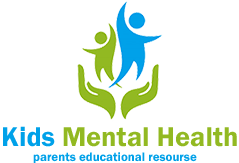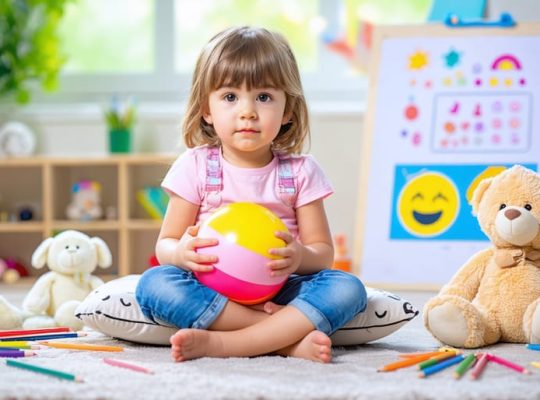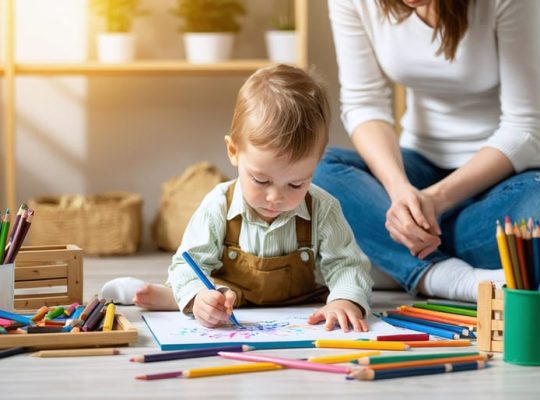How Excess Weight in Children Shapes Their Mental Well-being (A Parent’s Guide)
The profound connection between childhood obesity and mental well-being extends far beyond physical health, shaping how young minds develop, interact, and perceive themselves during crucial developmental years. While many parents focus primarily on the physical aspects of weight management, the emotional and psychological impact of childhood obesity often creates ripples that affect everything from classroom confidence to social relationships and self-esteem.
Recent studies reveal that children struggling with obesity are 30% …










